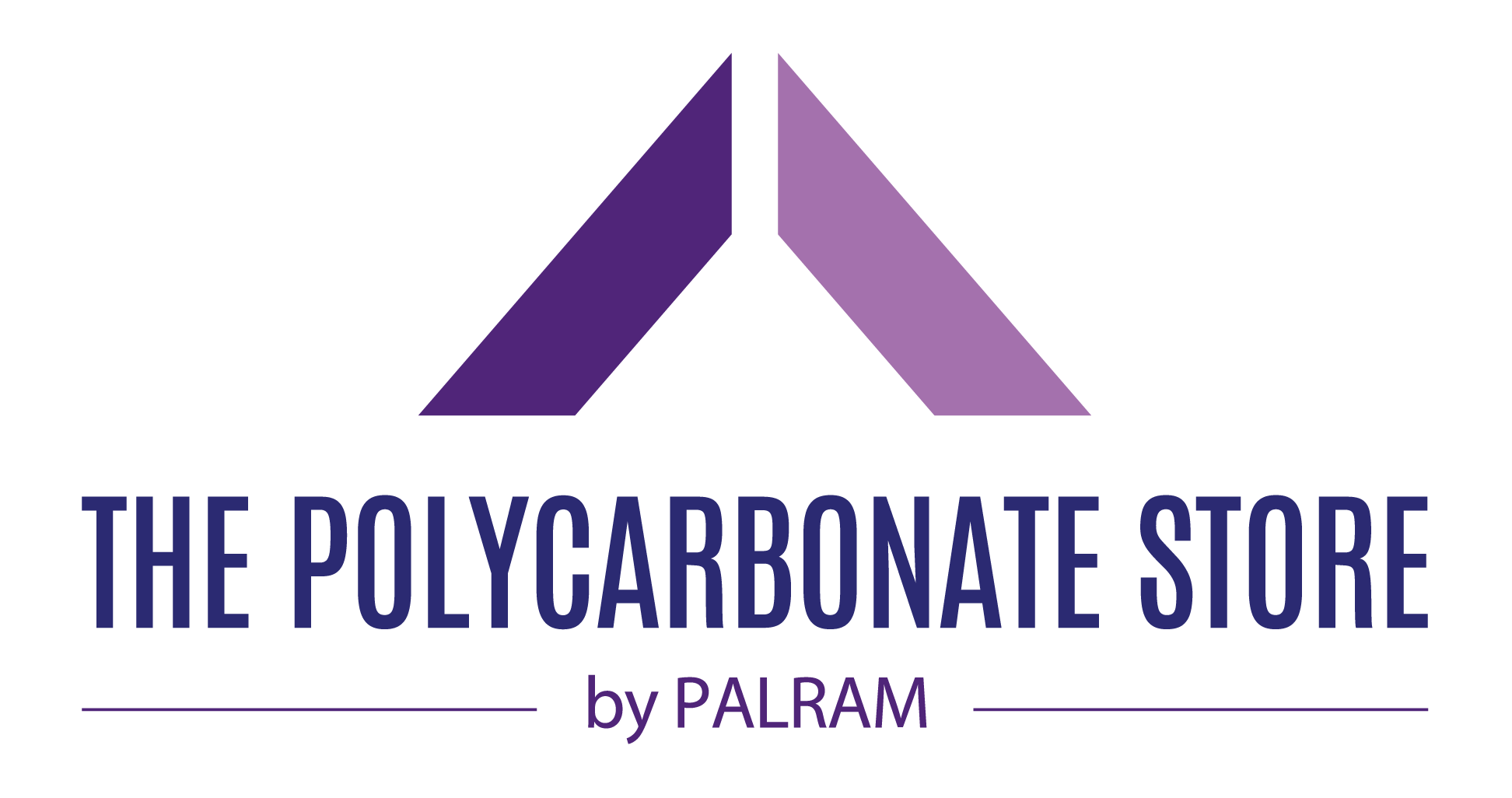Glazing Bar
Basic Installation Tips for Glazing Bars
Tips for Installing Rafter Supported Glazing Bars
- Ensure that you have adequate framework in place before installing your glazing bars. The width of the glazing bar is 50mm so ideally the minimum width of your rafter should be 50mm.
- We recommend a minimum pitch of 10° (a fall of 175mm in every 1m). Pitches less then this should be avoided because water run off may be reduced and ‘puddles’ on your roof could form.
- When calculating the width of the sheets, allow 15mm per side for the glazing bars.
- Glazing bars are not designed to support its own weight or the weight of the sheet by itself. It needs supporting on a solid rafter structure e.g. timber.
- Drill in the centre of the glazing bars in between the toothed legs, we recommend screwing at no more than 400mm interval and around 75mm in from either ends.
- Ensure that the rubber gaskets are fitted and pushed into place on both sides of the Glazing Bar.
- One the sheets are positioned, push the PVC Snapdown Top Cap into place firmly starting from one side to the other. This will offer a weather tight finish.
- We do recommend running a small line of silicone along the sides of the glazing bars to offer further protection.
Recommended Screws for Installing Glazing Bars
When securing the aluminium base of a glazing bar to timber rafters, selecting the correct screws is essential for a secure and long-lasting installation.
By using the appropriate screws, you can ensure a reliable and weather-resistant polycarbonate roofing installation.
- Screw Gauge: The gauge (diameter) of a screw is represented by a number, with higher numbers indicating thicker screws. For fixing the aluminium base to wooden rafters, a No.5 flat-head wood screw is recommended.
- Head Size: A 6mm head diameter ensures a proper fit between the glazing bar base and the top cap, allowing for secure attachment without interference.
- Length & Strength: A longer screw, such as 65mm, provides enhanced grip and stability, ensuring the aluminium base is firmly anchored to the timber structure.
- Avoiding Common Mistakes: Using screws with excessively thick heads can prevent the glazing bar components from fitting together correctly. Additionally, polycarbonate sheets should not be screwed directly to purlins—polycarbonate fixing buttons should be used instead to secure Multiwall sheets where necessary.
Glazing Bar Contents
Glazing bars are a cost effective and easy solution to joining your sheets of polycarbonate roofing together. We offer two different ranges: Sunwood and Exitex.
Sunwood glazing bars come as a set without the rubber gaskets attached to the aluminium base. The gaskets typically come in rolls or lengths that are joined together and will need to be split in half before installing. Its contents are:
- 1 x Aluminium Base
- 1 x Rubber Gaskets joined together
- 1 x PVC Snapdown Top Cap
- 1 x End Cap
Exitex glazing bars come as a complete set with the gaskets pre-attached to the aluminium base. Its contents are:
- 1 x Aluminium Base
- 2 x Rubber Gaskets
- 1 x PVC Snapdown Top Cap
- 1 x End Cap
Removing Glazing Bars PVC Top Caps from an Existing Installation
If you need to remove glazing bars from a current installation, following the correct method can help prevent damage to the components.
Steps for Safe Removal:
- Use the Right Tool: For best results, a dedicated glazing bar capping removal tool is recommended. This tool is designed to safely detach the top cap without causing damage.
- Identify Key Parts: Before starting, locate the capping legs and the aluminium upstand on your glazing bar system.
- Insert the Tool: Carefully slide the tool’s blade between the capping legs and the aluminium upstand.
- Lift and Release: Once positioned, gently lift the tool upwards to disengage the top cap from the glazing bar base.
- Check for End Caps: Before attempting removal, inspect for any end caps that may need to be taken off first.
In some cases, top caps can be removed by applying controlled pressure to slide them off; however, this method may disturb the polycarbonate sheets. Always refer to the manufacturer’s guidance for your specific glazing bar type to ensure a smooth and safe removal process.


